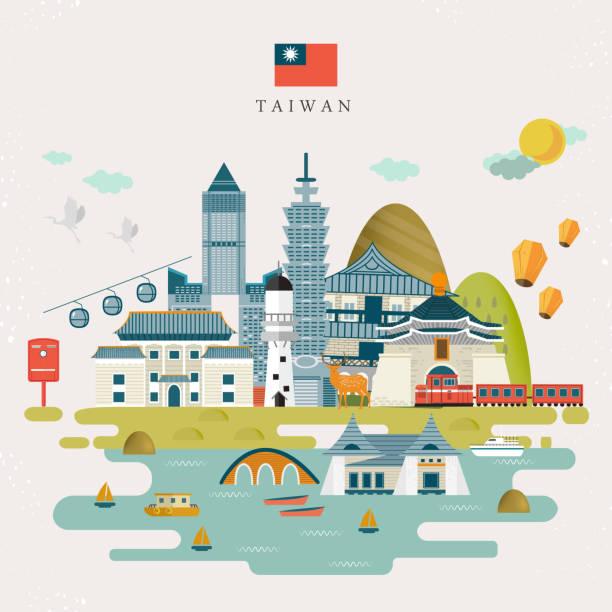Kinmen is a small, yet historically significant island located just off the southeastern coast of China. While it belongs to Taiwan, Kinmen is geographically closer to the Chinese mainland, which has shaped its unique history and culture over the centuries.
Historical Background
Kinmen’s strategic location has made it a focal point in numerous historical conflicts, most notably during the Chinese Civil War. In the 20th century, the island was a frontline battleground between the Nationalist forces of the Republic of China (Taiwan) and the Communist forces of mainland China. The infamous Battle of Guningtou in 1949, where the Nationalist forces successfully repelled a Communist invasion, cemented Kinmen’s place in history. Remnants of this period, including military bunkers and fortifications, still dot the landscape, offering a glimpse into the island’s turbulent past.
Cultural Heritage
Despite its war-torn history, Kinmen is rich in cultural heritage. The island is home to traditional Chinese architecture (Fujianese), characterized by red-brick buildings, intricate carvings, and swallowtail roofs. Many of these historical homes have been preserved, giving visitors a window into the life of Kinmen’s early inhabitants. The island also hosts several well-preserved temples, such as the Jincheng Township’s Mofan Street Temple, which blends local religious practices with the island’s distinct cultural identity.
Kinmen’s culture is also deeply influenced by its unique position between Taiwan and China. The local dialect, Kinmenese, is a variant of the Minnan language spoken in Taiwan and Chinese Fujian province. So that means there are 3 different dialects spoken in Kinmen. The island’s cuisine reflects this blend as well, with dishes that feature both Taiwanese and Fujianese flavors. Another interesting product from Kinmen is Kaoliang liquor, made from fermented sorghum, and contains from 38 to 58% of alcohol. It also is the strongest alcohol made in Taiwan.
Island Life Today
Today, Kinmen is a peaceful destination, with population of 127,723 citizens, that attracts visitors looking to explore its rich history and natural beauty. The island is known for its tranquil beaches, such as Shuitou Beach, and its scenic parks, including Kinmen National Park, which offers hiking trails through lush landscapes and historical sites. The island’s economy has shifted from military to tourism, with efforts to promote its cultural and natural assets.
Kinmen also hosts several festivals throughout the year, celebrating traditional customs and local heritage. The most notable is the Kinmen Mid-Autumn Moon-Cake Gambling Festival, a unique event where locals and tourists alike participate in dice games to win mooncakes—a tradition dating back to the island’s military days.

